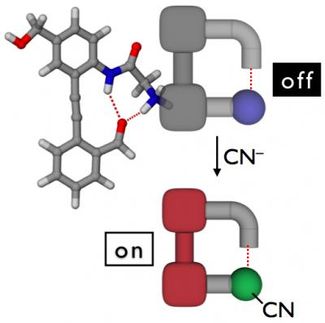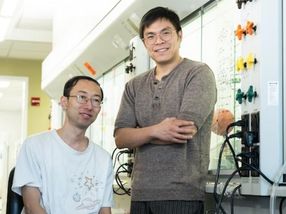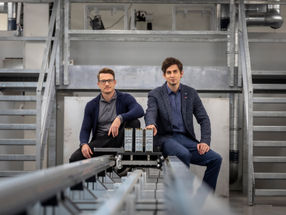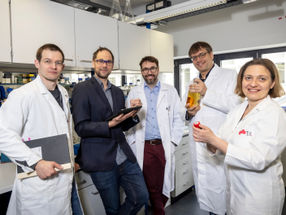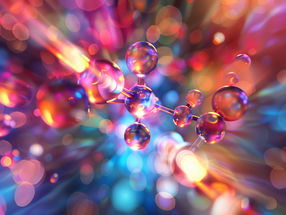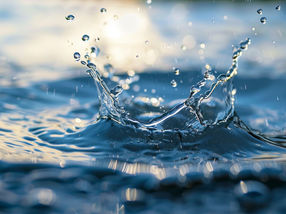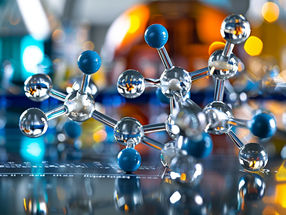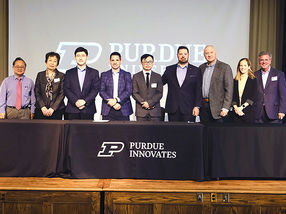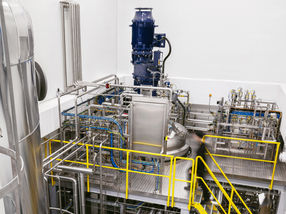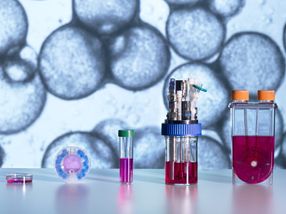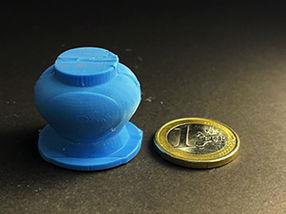Cleaning Green Bay of PCBs requires cleaning Fox River first
22-May-2003
Sediments laced with PCBs flowing out of the Fox River have increased the mass of PCBs in Green Bay 15 to 30 percent since 1990, University of Wisconsin scientists reported today at a public forum held at UW-Green Bay.
Those continuing inputs make it difficult to determine how fast PCB concentrations in Green Bay's sediments will effectively disappear, said Jon Manchester, one of the scientists who conducted the reported research. Manchester is an associate researcher at the water Science and Engineering Laboratory at UW-Madison.
"There's simply no way to accurately forecast the bay's natural cleansing time without stopping the flow of PCBs from the Fox River," Manchester said. "If we want to clean the bay, we have to clean the river."
While the total mass of PCBs in Green Bay has increased, the scientists said, the concentrations in sediments near the surface have remained similar to what they were in the late 1980s because of the continuing inputs from the Fox River.
"In the early 1990s, it appeared that the concentrations of PCBs in Green Bay surface sediments were declining reasonably quickly. It looked like the bay might clean itself in perhaps a few decades," said Anders W. Andren, a professor of civil and environmental engineering at UW-Madison who conducted the recent research with Manchester. "This new research shows that sediment concentrations are not much different from what they were a decade ago, because the Fox River continues to add PCBs to the bay."
The research was conducted as a follow-up to a major effort in the late 1980s to determine the amount and locations of PCBs in Green Bay, Manchester said.
Andren also directs the UW Sea Grant Institute in Madison, which sponsored the research.
Most read news
Other news from the department science

Get the chemical industry in your inbox
From now on, don't miss a thing: Our newsletter for the chemical industry, analytics, lab technology and process engineering brings you up to date every Tuesday and Thursday. The latest industry news, product highlights and innovations - compact and easy to understand in your inbox. Researched by us so you don't have to.
